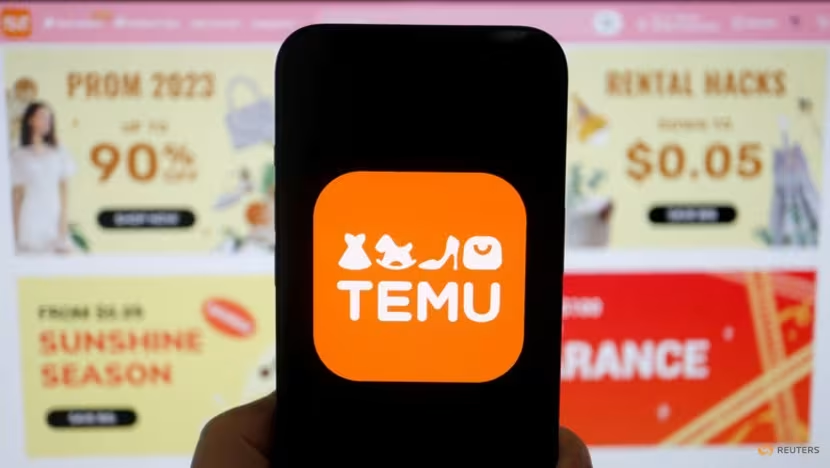Indonesia is Southeast Asia’s most populous market. Yet there is something peculiar you will notice while walking down the streets. It is the glaring absence of international convenience stores. We are so accustomed to seeing 7-Elevens scattered around other Southeast Asian countries like Singapore, Thailand, Philippines, Malaysia and now recently Ho Chi Minh City.
A look at 7-Eleven’s presence and you will see Indonesia missing from the map.

In contrast, a visit to Indonesia will make it very clear how popular local minmarts like Indomaret and Alfamart are.
Why is this the case?
A promising start

In 2009, 7-Eleven set foot in the Indonesian market. One after the other, they started popping up in every strategic corner of Jakarta. 7-Eleven instantly became a massive hit. From students to office workers, everyone came in to try out slurpees in a hip environment which included sitting areas, which at that time was considered a genius move for a convenience store. No one had ever done that in Indonesia. Indonesians soon associated 7-Eleven as a place to hang out or “nongkrong” as locals like to call it. Everyone was so sure that 7-Eleven will be the game changing disruption for mini markets in Indonesia.
The reality check and downfall
While entering Indonesia, 7-Eleven had a strategy to turn their stores into a premium place to hangout – more or less like Starbucks. They provided large parking spaces, premium priced cooked food, sitting areas, and Wi-Fi (a major attraction!).
What was intended to be their USP eventually became their achilles heel. These services came at much higher cost (and higher selling price too!) compared to their local counterparts – Alfamart & Indomaret. Moreover, their strategy didn’t work like they expected them to. People who came to 7-Eleven did hang out inside the stores, but they only purchased a drink or two while staying over for hours. This resulted in higher amount of uneaten cooked food that needed to be thrown away. Repeat purchases were low and revenues did not cover operations, Wi-Fi, and overhead costs. To add insult to the injury, in 2015 the government banned the sale of alcoholic drinks in convenience stores. Unfortunately for 7-Eleven, alcoholic drinks were one of their best selling items at that time (15% of their revenue).
Ultimately, 7-Eleven had to shut its doors in 2017 for good.

Apart from 7-Eleven, other international stores like Japan’s FamilyMart too have been unable to scale their operations in Indonesia with only 80 stores island-wide after six years.
The local players
What about Alfamart and Indomaret? Well, Alfamart and Indomaret are ubiquitous in Indonesia. Over the years, Alfamart has 13522 stores, while Indomaret have 15526 stores. Combined, they have 95% market share of Indonesian convenience stores.
If you have ever been in Indonesia, you might have noticed what you see in the picture below.

It is not a rare sight to see Indomaret and Alfamart located adjacent to each other. Even if they may not be right next to each other, they are at least a few buildings away. It is unclear which faction started this move first but whoever did it – smart move, saving tons of time and resources in doing preliminary market research, because if the competitor built their outlet there, they must’ve already done their homework.
These local stores have been able to last because they put less emphasis on the frills of the services in 7-Eleven stores and focus more on daily necessities, groceries, snacks, and creating a large network across the country. With lots of options in cheaper warungs, road-side stalls, and fast-food restaurants they realised that the appeal in cooked meals with sitting areas may not be sustainable.
Alfamart and Indomaret have also leveraged their wide network to provide other services like bill payment and travel booking. Furthermore, riding on the wave of disruptive internet services, these local stores have become payment points for ecommerce as well as top-up points for mobile wallets, assuming the role of ATMs and stepping in for banks to provide financial access to a highly unbanked population.
A widespread network of convenience stores and minimarts also helps build support infrastructure for O2O (online to offline), a model many ecommerce players are moving towards. This is especially relevant for Indonesia as a huge market remains untapped without access to internet and the element of trust, personal and social touch, and payment via cash are important in order for ecommerce to work.
Alfamart and Indomaret thrive in the Indonesian market because of their cost-effective services, minimizing unnecessary costs while focusing on real consumer needs, meanwhile 7-eleven failed because they misread their target market’s needs. Having recently entered Vietnam, it will be interesting to see how they chart their growth there and whether they will learn from their mistakes in Indonesia. If international players are keen on doing well in the Indonesian market, they need to differentiate themselves from the local players as well as food stalls and other fast-food outlets that also provide cheap food, wi-fi and a good hangout spots.
—
Thanks for reading The Low Down (TLD), the blog by the team at Momentum Works. Got a different perspective or have a burning opinion to share? Let us know at [email protected].










![[Press Release] Southeast Asia’s food delivery spend reached US$17.1B with Vietnam achieving the highest growth](https://i0.wp.com/thelowdown.momentum.asia/wp-content/uploads/2024/01/Food-delivery-platforms-in-Southeast-Asia-2024-_MW_Jan-2024-2.jpg?resize=218%2C150&ssl=1)


![[New Report] Food delivery platforms in Southeast Asia (SEA) 4.0](https://i0.wp.com/thelowdown.momentum.asia/wp-content/uploads/2024/01/Food-delivery-platforms-in-Southeast-Asia-2024-_MW_Jan-2024-2.jpg?resize=100%2C70&ssl=1)
![[New report] Southeast Asia spends US$3.4 billion on modern coffee in 2023](https://i0.wp.com/thelowdown.momentum.asia/wp-content/uploads/2023/11/Coffee-in-Southeast-Asia_MW_Nov-2023-1.png?resize=100%2C70&ssl=1)
![[New report] Apples to Apples 3.0: Benchmarking major tech platforms – what’s next after achieving profitability?](https://i0.wp.com/thelowdown.momentum.asia/wp-content/uploads/2023/09/Apples-to-Apples-3.0_benchmarking-major-tech-platforms_whats-next-after-profitability_MW_Sept-2023-7.jpg?resize=100%2C70&ssl=1)






